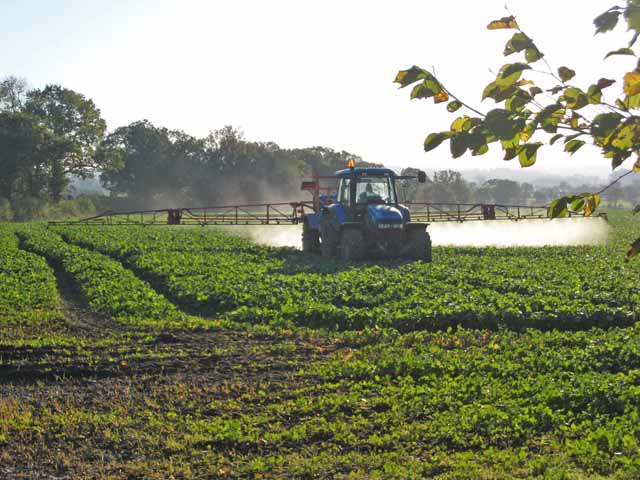An opinion and analysis from the editors of the popular science magazine, Scientific American, implores readers to “Fight the GM Food Scare”.
Public fears, it seems, are based on the misconception that GM foods endanger health.
In support of their assertion that GMOs are just as safe as other foods, the editors describe genetic transformation as a modern tool which inserts a gene here or tweaks a gene there. The reader is asked to compare this with conventional breeding in which “giant chunks” of DNA are swapped between one plant and another. GM, therefore, produces more predictable and precise results, which somehow makes it safer.






